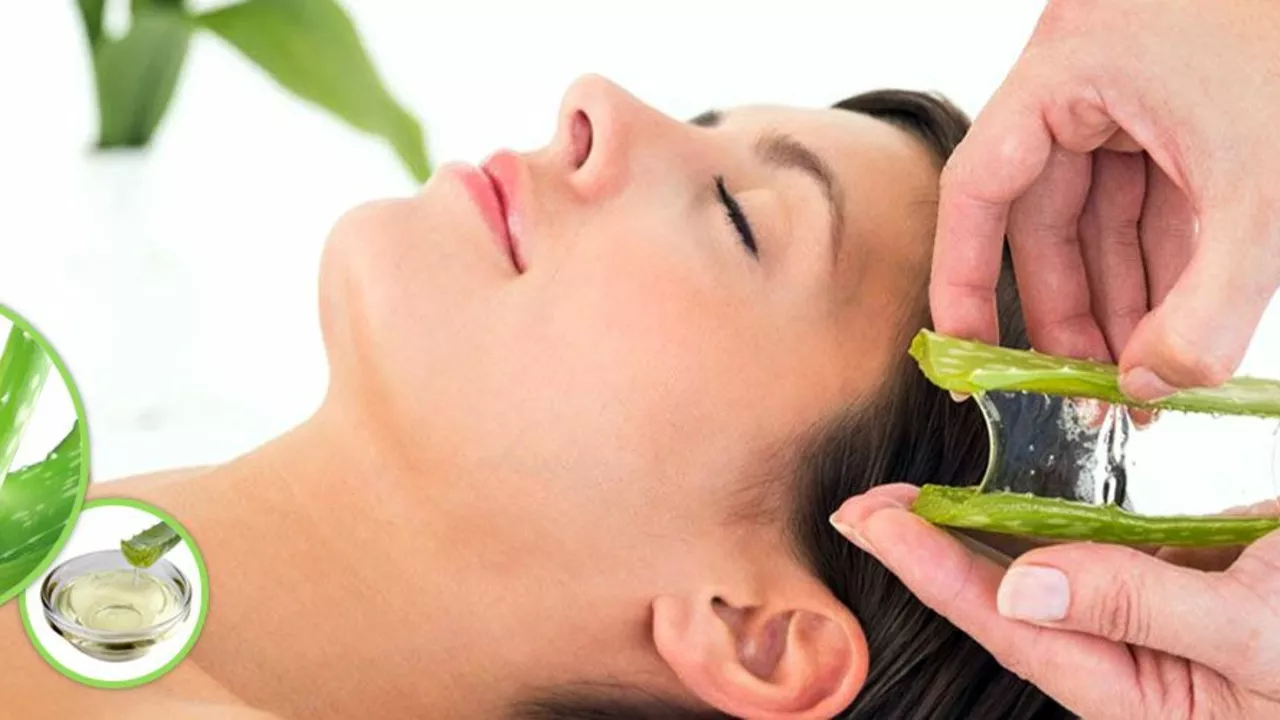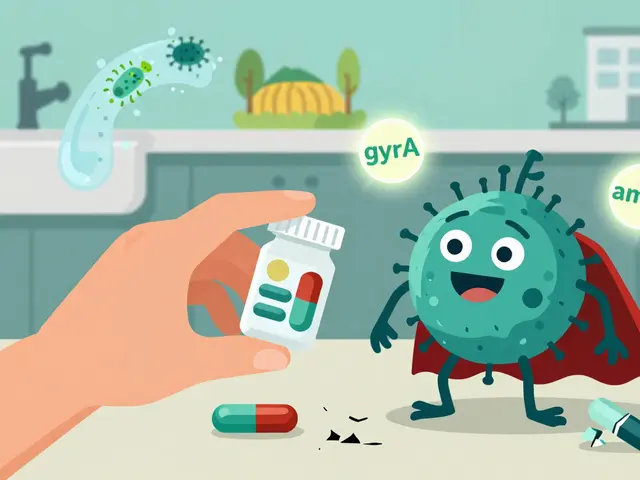Skin Benefits: Real Ways to Improve Your Skin Fast
Want better skin without guesswork? Small changes often give the biggest skin benefits. This page sums up practical steps, safe medicines, and common traps so you know what helps and what doesn’t.
Everyday habits that boost skin
Cleanse gently twice a day with a mild cleanser; harsh scrubs strip oils and trigger breakouts. Use a non-comedogenic moisturizer after washing to repair the skin barrier. Wear sunscreen daily — UV damage speeds aging and causes uneven tone. Hydrate from the inside: aim for water, whole foods, and less sugary drinks. Sleep matters; poor sleep shows up as dull skin and more inflammation.
Watch ingredients: look for niacinamide for redness control, hyaluronic acid for hydration, and ceramides for barrier repair. If you have oily or acne-prone skin, lightweight gel moisturizers work better than heavy creams. For dry skin, choose richer creams and add fragrance-free options if you have sensitivity.
Medications and treatments that actually help
Topical retinoids like tretinoin boost cell turnover, reduce fine lines, and fight acne. Start slow to limit irritation and always use sunscreen because retinoids increase sun sensitivity. For inflammatory acne, dermatologists often prescribe oral doxycycline; if you need alternatives, check our article "9 Alternatives in 2025 to Doxycycline" for options and risks.
Hormonal treatments can help persistent acne. Low-dose spironolactone works well for many women with hormonal acne, but discuss monitoring with your doctor because it affects potassium and blood pressure. If you use topical immunomodulators, tacrolimus ointment can treat eczema flare-ups; store and handle it correctly to keep it effective.
Some medicines cause skin side effects. Doxycycline and some antibiotics cause photosensitivity, so wear SPF and avoid long sun exposure. Oral retinoids may dry skin and are unsafe in pregnancy. Spironolactone can cause dizziness or menstrual changes. Topical steroids used long term may thin skin. Always tell your doctor about other medications and supplements so they can spot interactions.
Procedures that can help include chemical peels, microneedling, and certain lasers. These can improve texture, scarring, and pigmentation when done by licensed professionals. Expect downtime and follow aftercare instructions carefully to avoid infection, scarring, or pigment changes.
When to see a dermatologist: if acne is severe, if rashes spread quickly, if a treatment causes heavy irritation or swelling, or if you notice changes in a mole’s color, shape, or size. A specialist can tailor treatments, check for drug interactions, and suggest safe, effective options.
Small consistent steps give the biggest skin benefits: protect from sun, hydrate, use targeted actives, and consult your clinician before starting prescription meds. For related reads, explore posts about doxycycline alternatives, spironolactone tips, and tacrolimus care here on Nurx SU for clear, practical guides.
Quick checklist: patch test new products, introduce one active at a time, skip mixing harsh acids with retinoids, keep nails short to avoid spreading bacteria, and use fragrance-free laundry detergent if skin is sensitive. These small moves cut flare-ups and speed visible improvement. Track changes with photos every two weeks.

The Benefits of Aloe Vera for Scaly Overgrowths of Skin
In my recent exploration of natural remedies, I've discovered that Aloe Vera is a godsend for treating scaly overgrowths of skin. Its anti-inflammatory properties can soothe irritated skin, reduce redness and swelling, and promote healing. The gel also provides deep hydration, combating dryness that often accompanies such skin conditions. Plus, the plant's rich antioxidant content aids in repairing damaged skin cells. If you're struggling with scaly skin overgrowths, it might be time to consider adding Aloe Vera to your skincare routine.
View More




